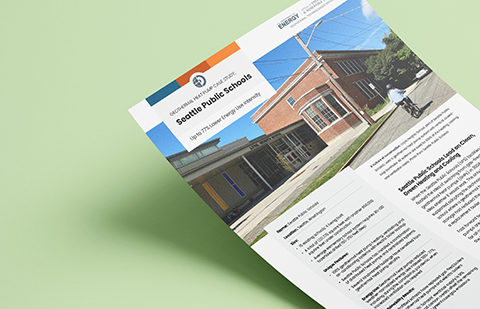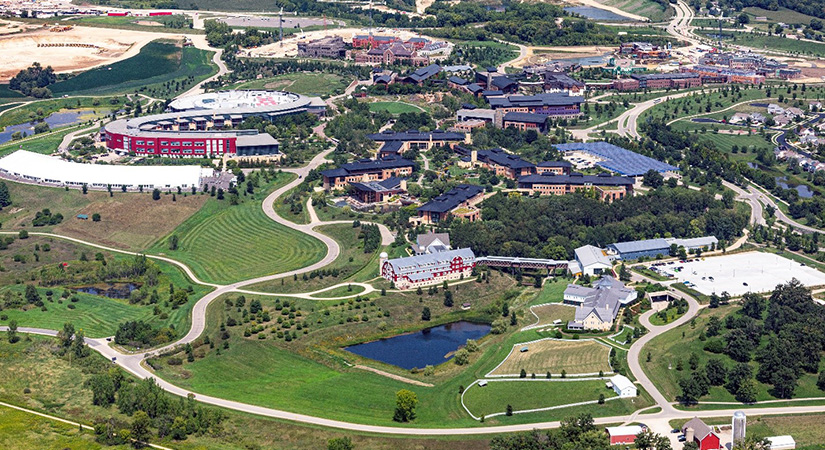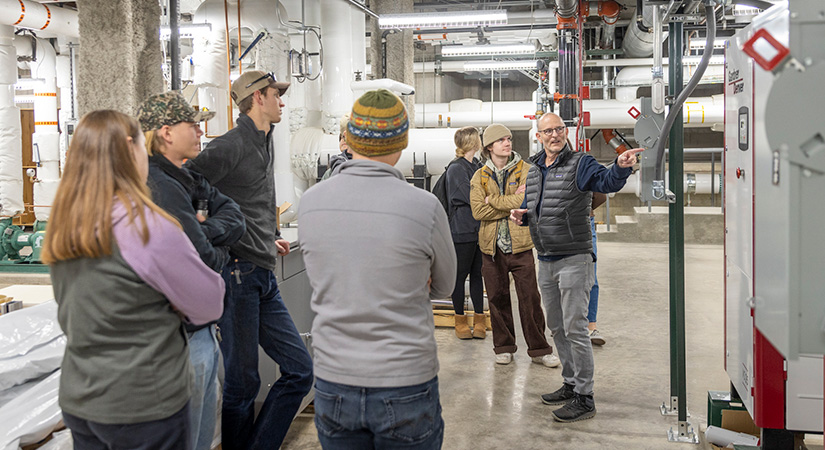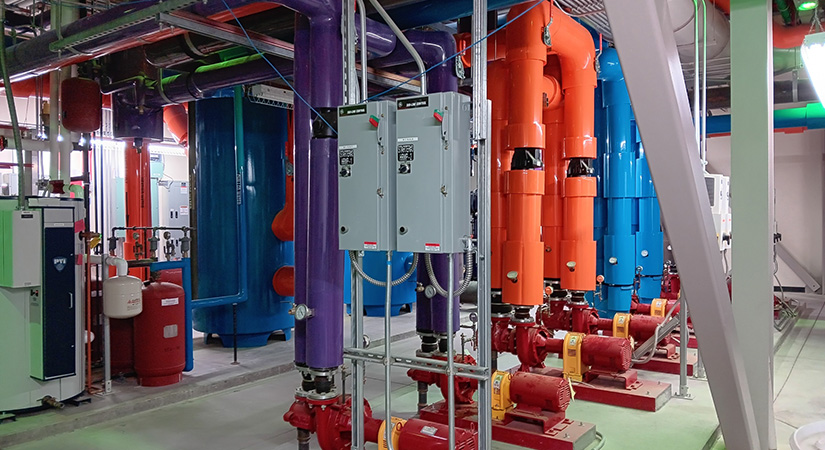19 Real-World Examples of Geothermal Heat Pumps In Action
Case Studies Detail Geothermal Heat Pump Installations in Climate Zones Across United States With Varying System Types, Sizes, and End Uses
The U.S. Department of Energy's (DOE's) Geothermal Technologies Office (GTO) has published a set of geothermal heat pump (GHP) case studies to help people better understand GHP systems, installations, and benefits.
These 19 studies detail GHP installations in climate zones across the United States, with varying system types, sizes, and end uses.
For most areas in the United States, subsurface temperatures are warmer than the air in winter and cooler than the air in summer—regardless of overall climate in a particular region. GHPs leverage these constant temperatures to heat and cool buildings more efficiently than traditional systems and can be used in individual buildings as well as networks for multiple buildings. However, homeowners or business owners interested in installing GHPs do not always have access to information about how the systems work or whether these systems are suitable for their areas.

To help address this gap, GTO asked the geothermal program at the National Renewable Energy Laboratory to work with installers and owners of GHPs and create the case studies. The results provide real-life examples of GHP systems in different parts of the country, making it easier for people to understand how such a system might work for them.
While none of the systems featured are funded by GTO, they provide valuable insights of the depth and breadth of uses for GHPs. The Geothermal Heat Pump Case Study Yearbook includes webpages and printable versions of each study.
Learn more about GHPs and GHP-related tax credits, incentives, and technical assistance.
Last Updated May 28, 2025




